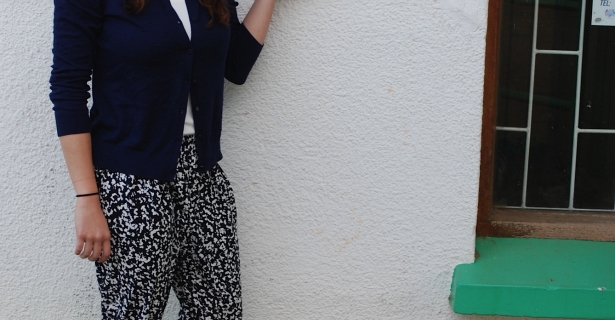The second half of my internship in Namibia was more work-intensive, but still enjoyable. My coworker and I finished the tedious parts of the data cleaning process and I began validating and analyzing the data. During these processes I learned a lot about Microsoft Excel and how to manipulate data, which is a very valuable life skill.
After analyzing each of the early warning indicators (EWIs) of HIV drug resistance (HIVDR) my boss and I decided to take a closer look at the effectiveness of the drugs that are meant to suppress the HIV virus, by examining Viral Load Suppression (low number of copies/mL of the HIV virus in the blood). Patients on antiretroviral therapy (ART), especially those that are not improving once on care, are ideally supposed to have a viral load test performed after six months of treatment and after 12 months of treatment. I classified patients who had a viral load performed at 6 months as green, yellow, or red. Green corresponded to the Western standard of suppression (<40 copies of HIV virus/mL), yellow represented the patients between the Western standard and the African public health standard of suppression (between 40 and 1000 copies/mL), and red was used to classify patients who were not suppressed by either standard (1000+ copies/mL). We looked at the patients who were classified as “yellow” at six months to see whether at 12 months they had improved to the “green” classification, or whether they had not improved and were either “yellow” or “red”. In the coming year, I will look at potential factors such as age, sex, etc. that may effect whether or not a patient’s viral load suppression level improved or not between six and 12 months after they started treatment. The viral load data that was analyzed this year had undergone a more complex analysis and was more informative than in previous years. My next goal is to continue to analyze this data further and write a research paper for publication with my boss over the next year.
During the last half of my internship I also spent time participating in activities around Windhoek including trying out a couple beginners Salsa dancing classes with some of my friends a Chameleon. I ate out at a lot of interesting restaurants in the city, including an Oryx (antelope) steak at the restaurant in the old Windhoek castle that is now a 5-star hotel. But at least a few times per week I ate Indian food at my favorite restaurant, Garnish, which was only a two-minute walk from Chameleon. I also attended more youth soccer games to cheer on the “Bad News Bears” and visited the informal settlement (poor neighborhood in which people live in tin shacks) where the boys live just outside the city. While the contrast between the way many Tufts students grow up and the ways of these families could not have been greater, there were still happy children playing and entrepreneurs working to create a living with car washes, bars, and hair salons.
For my 21st birthday my dad bought me a plane ticket to Cape Town, South Africa for a long weekend. One of my good friends that I met in Namibia was living and working there after his visa expired in Namibia, so I went to visit him. We spent the weekend hiking Table Mountain, taking a wine tasting tour of the Stellenbosch region, exploring the city, and eating lots of delicious foods. It was spectacular!
I was sad to leave Namibia and return to the U.S. after such an incredible adventure. I hope to return for either work or vacation sometime in the near future.


Add new comment